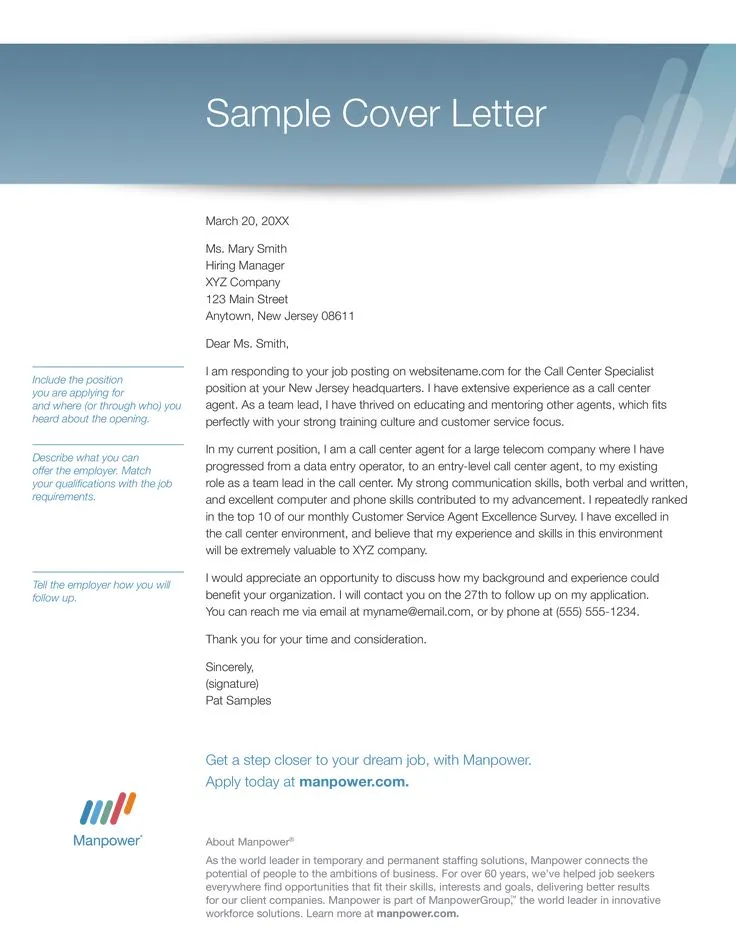Crafting a Compelling Data Entry Cover Letter
A data entry cover letter is your first opportunity to make a strong impression on a potential employer. It serves as a personal introduction, providing context to your resume and highlighting the key skills and experiences that make you a suitable candidate for the position. Unlike a resume, which is a factual summary, a cover letter allows you to express your personality, enthusiasm, and understanding of the specific job requirements. A well-crafted cover letter can significantly increase your chances of getting an interview, so it’s essential to invest time and effort in creating a compelling one. Consider it a crucial step in the job application process, and a chance to shine before the potential employer.
Understanding the Purpose of a Data Entry Cover Letter
The primary purpose of a data entry cover letter is to persuade the hiring manager that you possess the necessary skills, experience, and qualifications to excel in the role. It’s an opportunity to demonstrate your understanding of the company’s needs and explain why you’re the perfect fit. Beyond just listing your skills, a cover letter should showcase your personality, work ethic, and communication skills, setting you apart from other applicants. A data entry cover letter is also a great way to elaborate on certain experiences or explain any gaps in your employment history, adding further context and clarity to your application.
Highlighting Your Skills and Experience
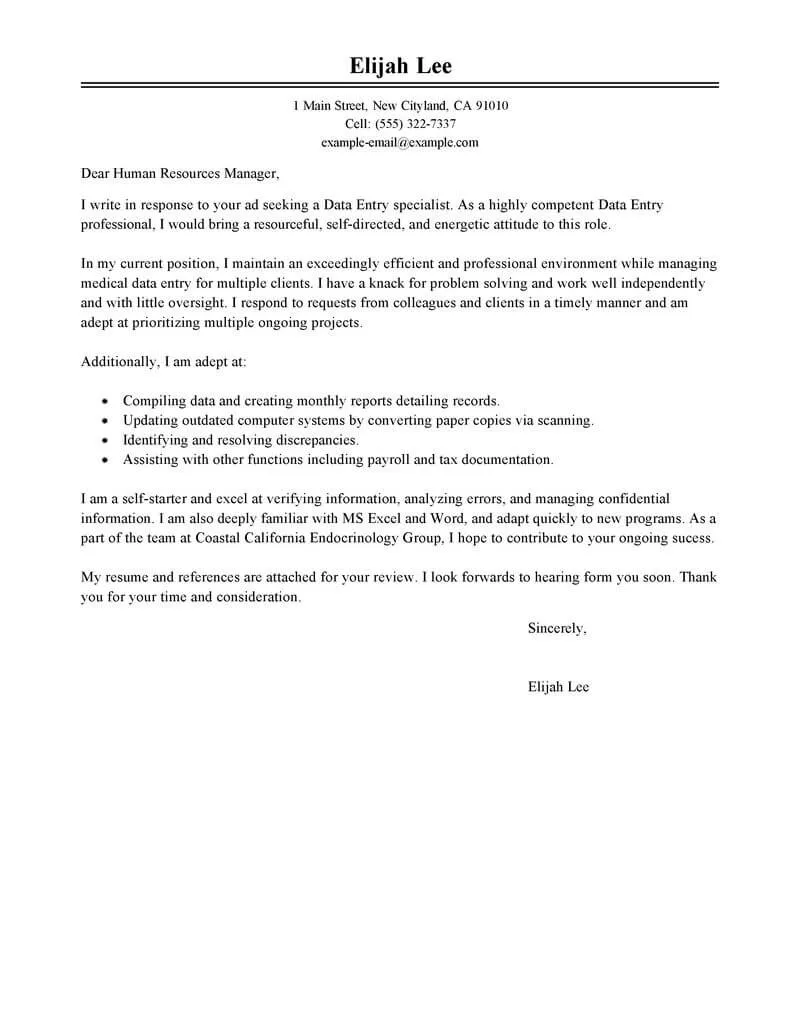
When writing a data entry cover letter, it is crucial to highlight your relevant skills and experience. This involves providing specific examples of your achievements and demonstrating how you’ve applied your skills in previous roles. Focus on the skills most relevant to data entry, such as accuracy, speed, attention to detail, and proficiency with relevant software. Using action verbs to describe your accomplishments can make your cover letter more engaging and memorable, grabbing the attention of the hiring manager. Make sure you align your skills with the job description, tailoring your cover letter to each position you apply for to demonstrate your suitability.
Skills to Showcase in Your Data Entry Cover Letter
Data entry positions require a specific set of skills. Highlight these skills to show you are the perfect candidate. Proficiency with data entry software and other relevant technologies is a must. Accuracy and attention to detail are paramount in data entry, so emphasize your ability to maintain a high level of accuracy while entering data. A good typing speed is also very crucial, as data entry relies on efficient input. Organization skills will also help you manage and prioritize tasks effectively. Communication skills are equally important; while data entry is often solitary, you may still need to communicate with colleagues or supervisors.
Experience Section Quantify Your Achievements
Instead of just listing your past job titles, use the experience section to quantify your achievements. Whenever possible, use numbers and metrics to demonstrate your impact. For example, instead of saying ‘Managed data entry tasks’, state ‘Entered an average of 500 records per day with 99% accuracy.’ Quantifying your accomplishments provides concrete evidence of your abilities and makes your cover letter more compelling. Briefly describe the types of data you’ve worked with, the software you’ve used, and any positive outcomes you achieved. Highlighting your experience and achievements will provide a much more appealing picture for potential employers.
Tailoring Your Cover Letter to the Job Description
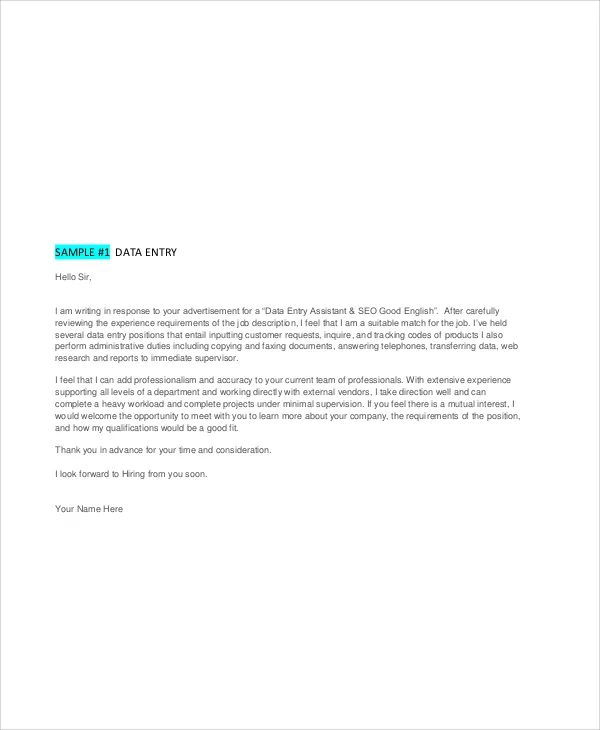
One of the most important tips for a successful cover letter is to tailor it to each job description. Avoid using a generic cover letter, as it can be perceived as a lack of interest in the specific position. Tailoring your letter involves carefully reviewing the job description and identifying the key requirements and skills. Research the company and their values to help demonstrate your understanding of their needs. By customizing your cover letter, you can directly address the employer’s needs and show that you’re genuinely interested in the role.
Analyzing the Job Requirements
Start by carefully analyzing the job description to identify the required skills, experience, and qualifications. Make a list of the keywords and phrases used by the employer. Understanding the job requirements is crucial to crafting a cover letter that resonates with the hiring manager. Then, evaluate how your skills and experience align with the requirements. Identify instances where your qualifications match the employer’s needs and use those examples to highlight your suitability. Be sure to show how you can solve their problems with your skills, and how you can be useful to them.
Customizing Your Letter with Relevant Keywords
Once you’ve analyzed the job requirements, incorporate relevant keywords and phrases throughout your cover letter. This helps to demonstrate that you have the skills and qualifications that the employer is looking for. Use the same language and terminology as used in the job description. This will make your cover letter more easily scanned and understood by the hiring manager. Keywords also make your application more likely to be picked up by applicant tracking systems (ATS). Ensure that you do not overdo it and maintain a natural tone. This ensures you create a compelling and appropriate application.
Formatting Your Data Entry Cover Letter for Success
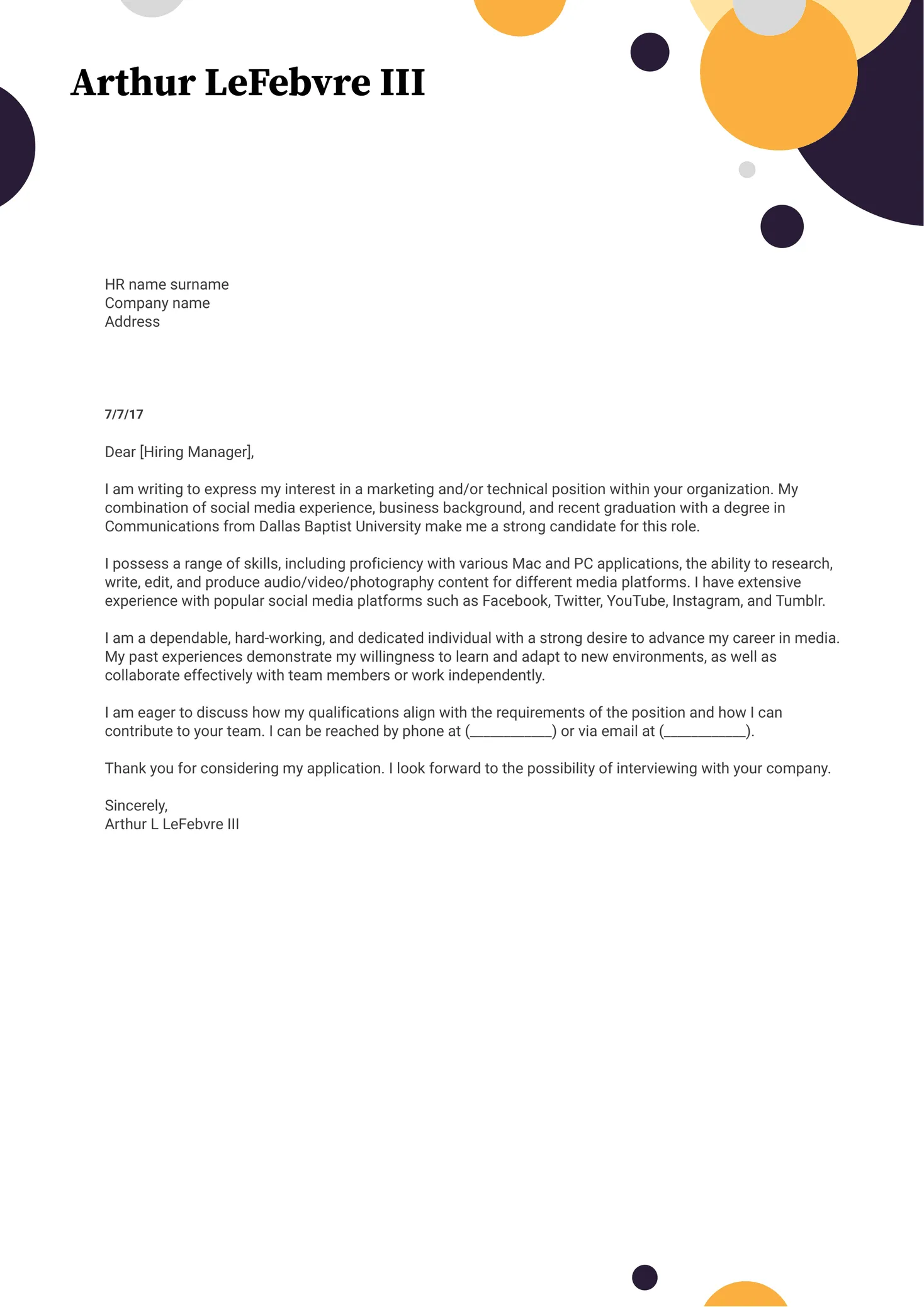
The formatting of your data entry cover letter is just as important as its content. A well-formatted cover letter is easy to read and visually appealing, making a positive impression on the reader. Poor formatting, on the other hand, can be off-putting and may lead to your application being rejected. Attention to detail in your cover letter shows the same attention to detail required for the job. Ensure your cover letter is formatted professionally with a clean and consistent layout, making sure that the letter is easy to navigate. This greatly improves your chances of getting a job in data entry.
Choosing the Right Font and Layout
When formatting your cover letter, choose a professional and easy-to-read font, such as Arial, Calibri, or Times New Roman. Keep the font size between 10 and 12 points. Use single-spacing within paragraphs and double-spacing between paragraphs. Align your text to the left and use a clear and simple layout. Use headings and bullet points to break up large blocks of text and make the information easier to scan. Include adequate margins to create a balanced and visually appealing design. Be consistent with your formatting throughout the letter to create a clean, professional appearance.
Proofreading and Editing Your Cover Letter
Proofreading and editing are essential steps to ensure your cover letter is free of errors. Typos and grammatical errors can make your cover letter look unprofessional and can hurt your chances of getting an interview. Proofread your cover letter multiple times, preferably after a break, to catch any mistakes. Use a grammar checker to identify any grammatical errors or typos. Consider asking a friend or family member to review your cover letter for you. They may catch errors that you missed. A well-proofread cover letter is a testament to your attention to detail and professionalism, both critical for data entry roles.
Common Mistakes to Avoid in Your Data Entry Cover Letter
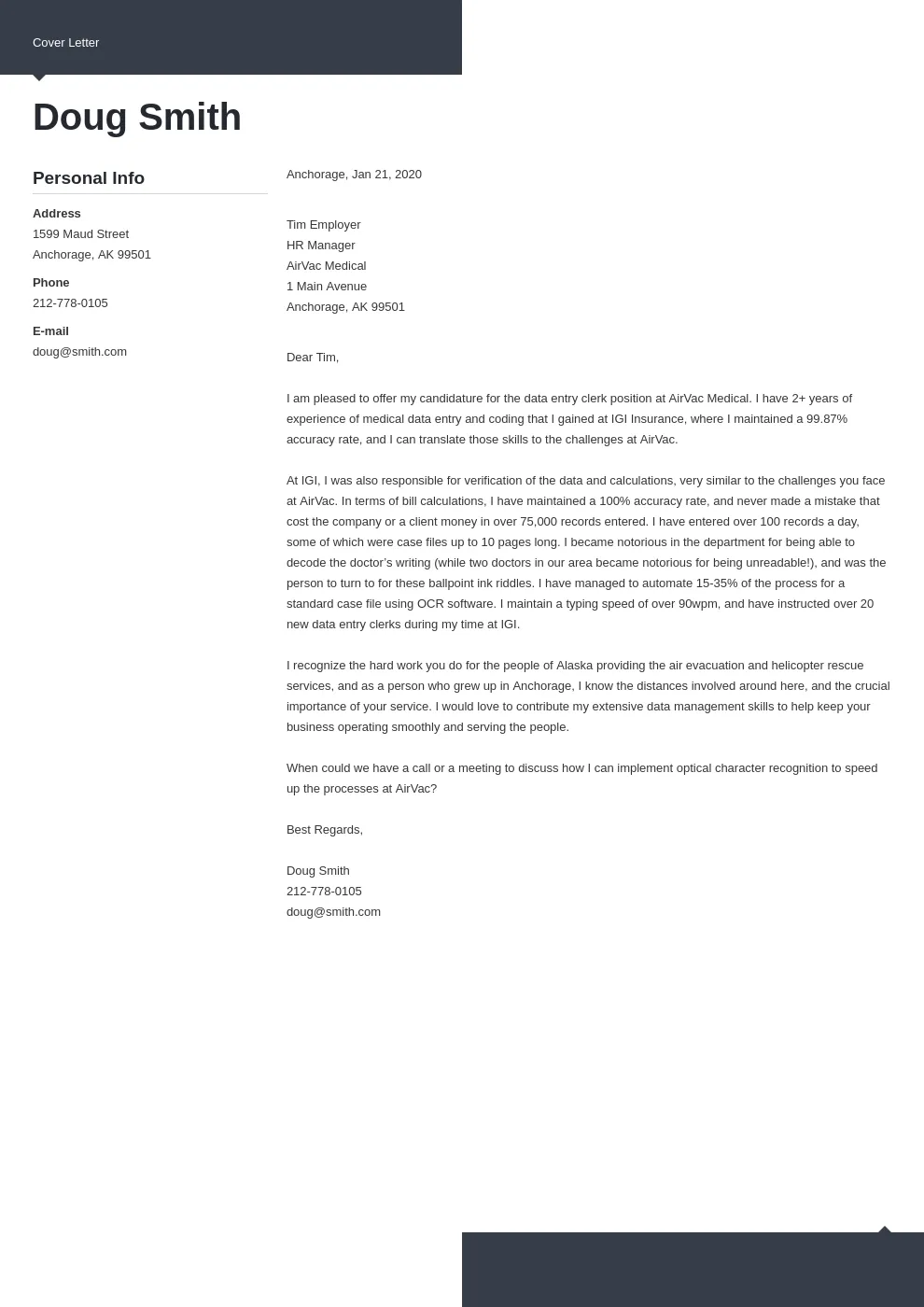
Avoiding common mistakes can greatly improve the effectiveness of your data entry cover letter. These mistakes may include using generic cover letters or having spelling and grammar errors. By avoiding these mistakes, you demonstrate professionalism and attention to detail. You can also ensure that you are perceived as a strong candidate for the position you’re applying for. Avoiding these common mistakes will make your cover letter more effective and increase your chances of getting an interview. Here are some of the most prevalent errors you need to steer clear of.
Generic Cover Letters
One of the biggest mistakes you can make is sending out a generic cover letter that isn’t tailored to the specific job. Generic cover letters show a lack of interest in the role and the company. Employers can easily tell when a cover letter is generic, so avoid using templates without modifying them. Customize your cover letter by mentioning the specific job, the company’s name, and the key requirements. Research the company and explain why you’re interested in working there. This shows that you’ve put in the time and effort to tailor your application, making you stand out from other candidates.
Typos and Grammatical Errors
Typos and grammatical errors can make your cover letter look unprofessional and can reflect poorly on your attention to detail. It also shows a lack of interest and a failure to proofread. Always proofread your cover letter carefully before submitting it. Use spell-check and grammar-checking tools, but also read it yourself. Ask someone else to review your cover letter to catch any errors you may have missed. Ensure that your cover letter is free of any grammatical or spelling errors to create a professional image. This may also increase your chances of getting the job.
The Importance of a Strong Closing
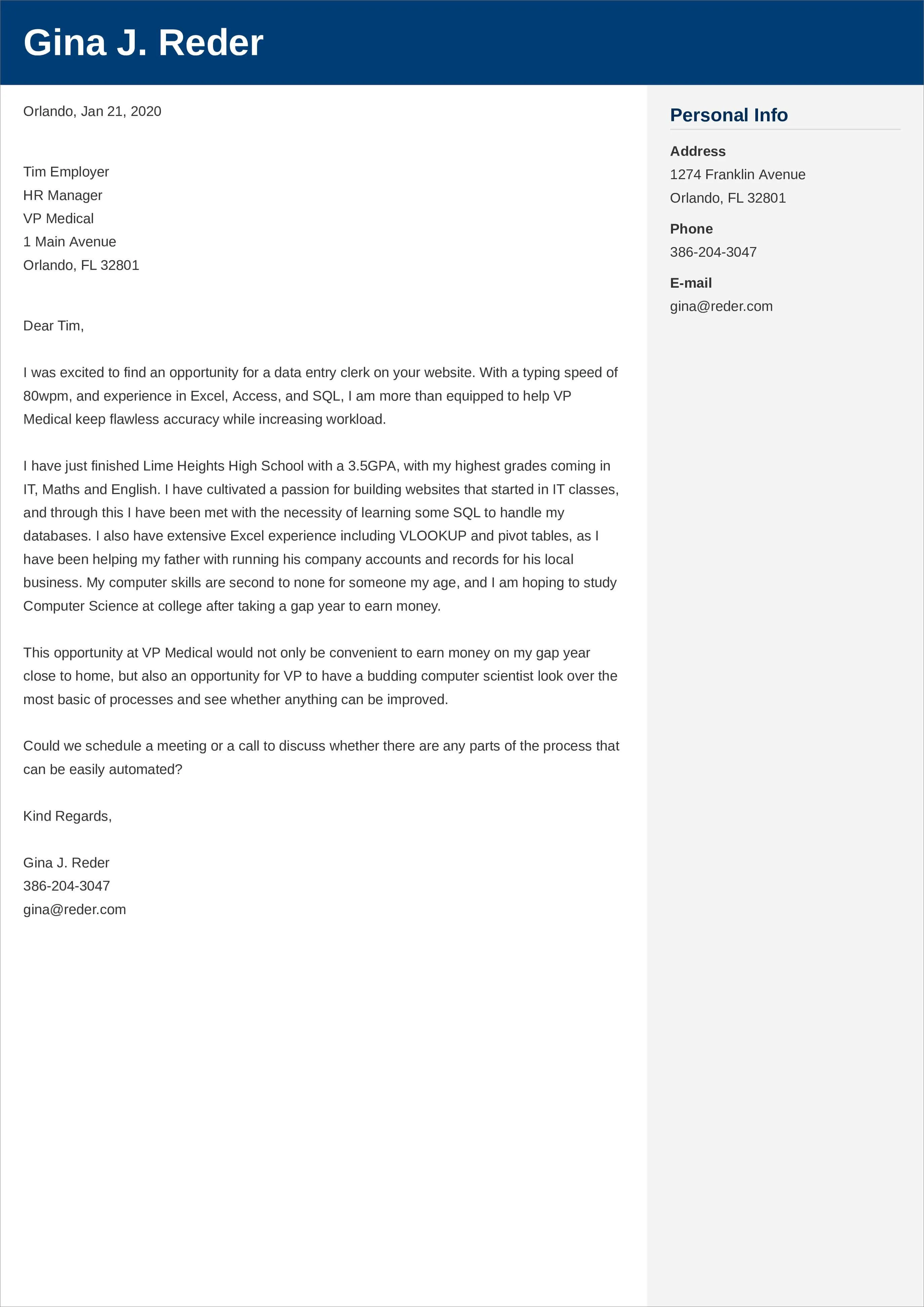
The closing of your data entry cover letter is your final opportunity to leave a positive impression on the hiring manager. It should reiterate your interest in the position and express your enthusiasm for the opportunity. It should also include a call to action, such as asking for an interview. A strong closing is essential for making a lasting impression and increasing your chances of securing an interview. It is vital that you make sure you close your cover letter well to make sure your application stands out.
Expressing Enthusiasm and Availability
In your closing paragraph, express your enthusiasm for the position and reiterate your interest in the opportunity. Show that you’re eager to learn more about the role. State your availability for an interview. Include information on how they can contact you. Thank the hiring manager for their time and consideration. A closing that expresses enthusiasm and availability shows the employer that you are interested in the role. Make your closing paragraph memorable by making it enthusiastic.
